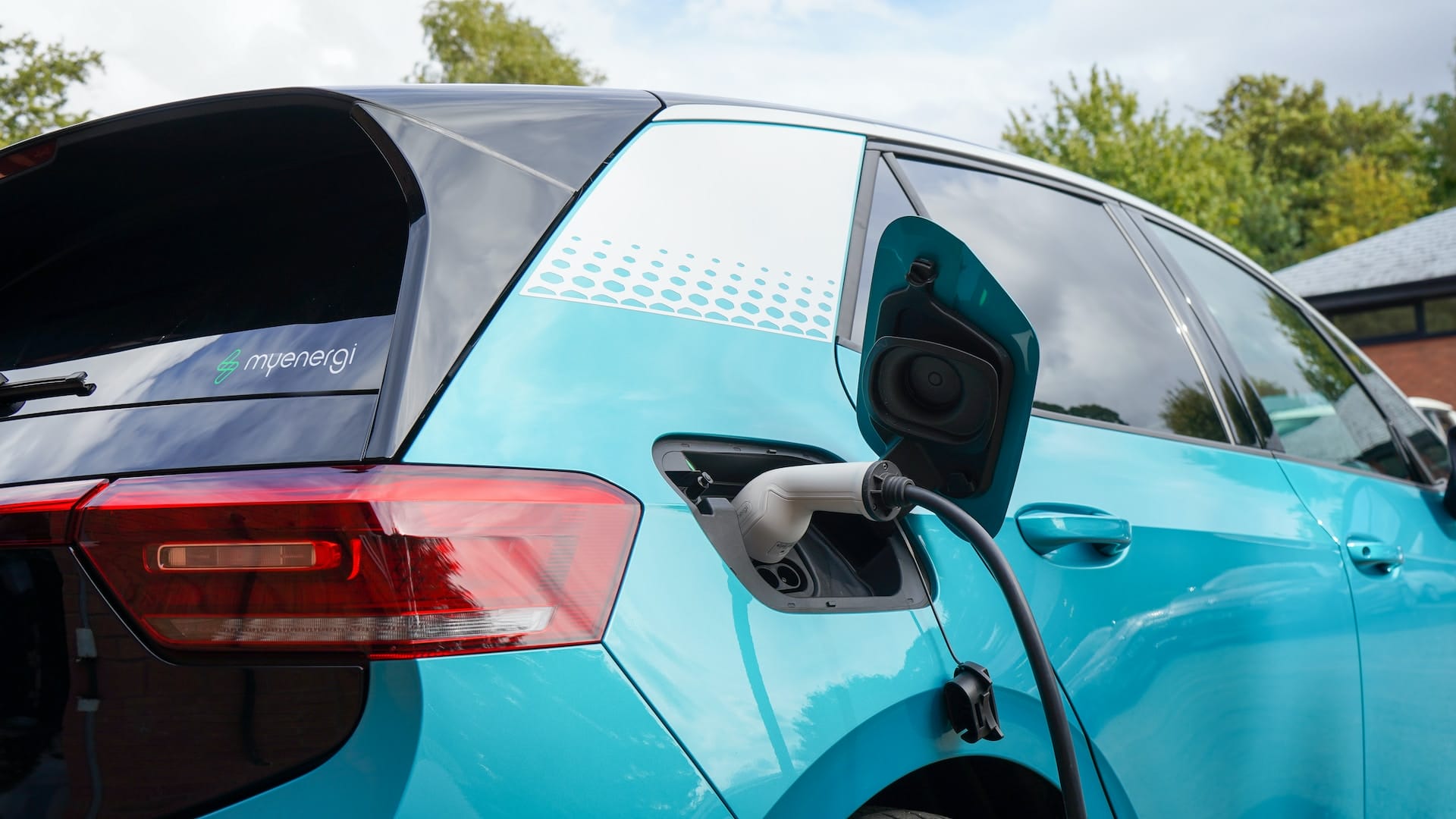For many, car ownership is more of a need than a privilege. And when you need to transport it, you must get the best, most dependable service possible for the transportation of your vehicle. The transportation of your vehicle will always be made possible everywhere in the US by the expert staff of Ship A Car.
The recent sky-high car costs have forced some customers to postpone car purchases, consider buying a gas car, or wait for a better and newer electric vehicle model in 2024. Is it now appropriate to switch from an internal combustion engine to an electric vehicle? Here are several reasons you should hold off on getting your electric SUV until 2024.
The current chance to profoundly alter how we decide is the consequence of developments in three key areas: regulation, consumer behavior, and technology.
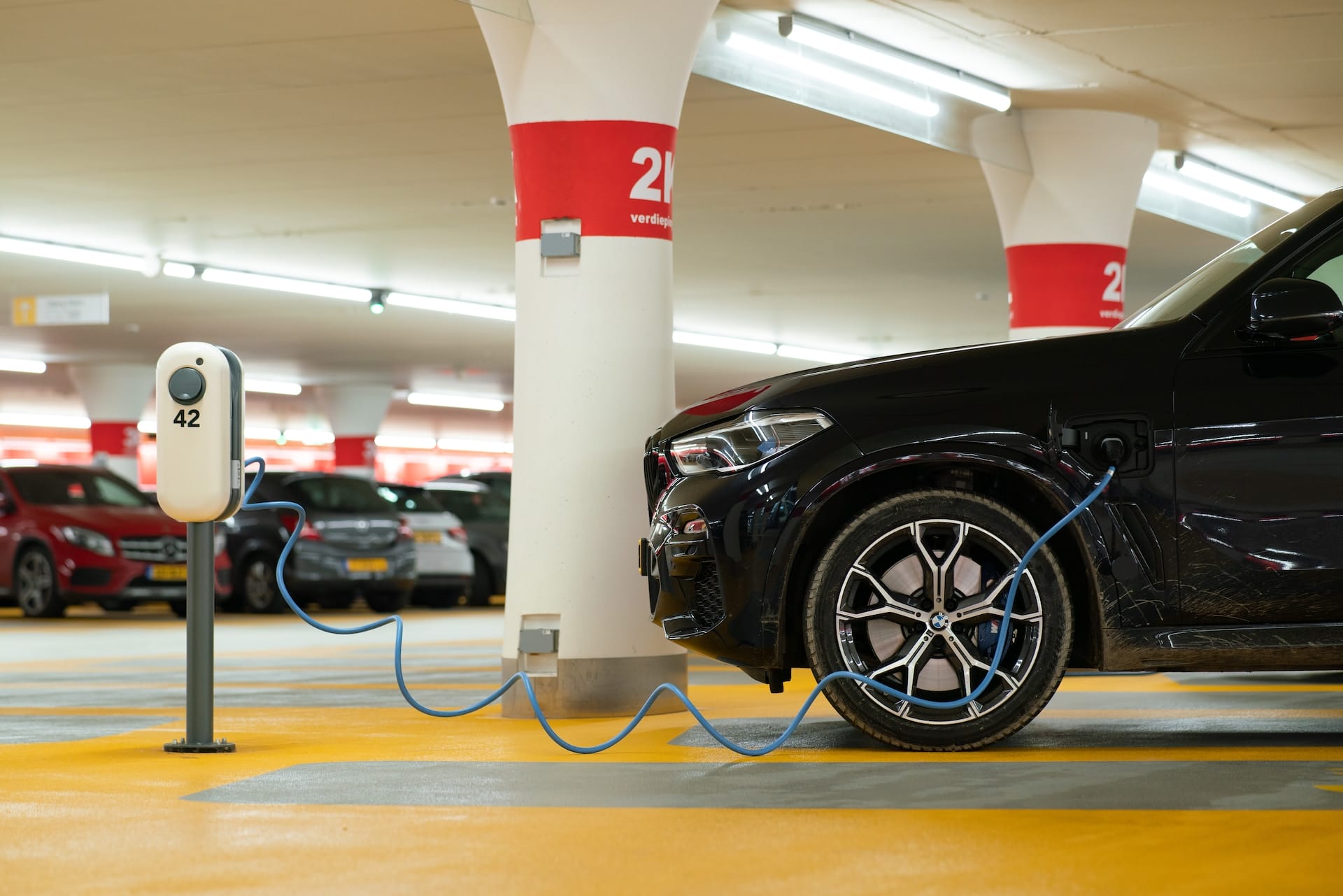
Governments and towns have implemented incentives and rules to hasten the transition to sustainable mobility. Global regulators are setting stricter pollution targets. The Biden administration also unveiled a target of 50% electric vehicle (EV) usage by 2030. Most governments are also providing EV subsidies in addition to such mandates. Access rules for cars are being implemented in several urban areas. Entry rules for low-emissions and pollution emergencies have already been developed in over 150 European towns.
The biggest vehicle markets will switch to electric by 2035. However, regional differences in consumer interest in EVs and regulatory pressure are significant. In contrast to China, where consumer pull is quite strong despite lower incentives, Europe is mostly a market driven by regulations and huge subsidies. Due to a lack of customer enthusiasm and regulatory pressure, EV sales have increased slowly in the US. However, the trend among regulators is expected to alter under the incoming administration.
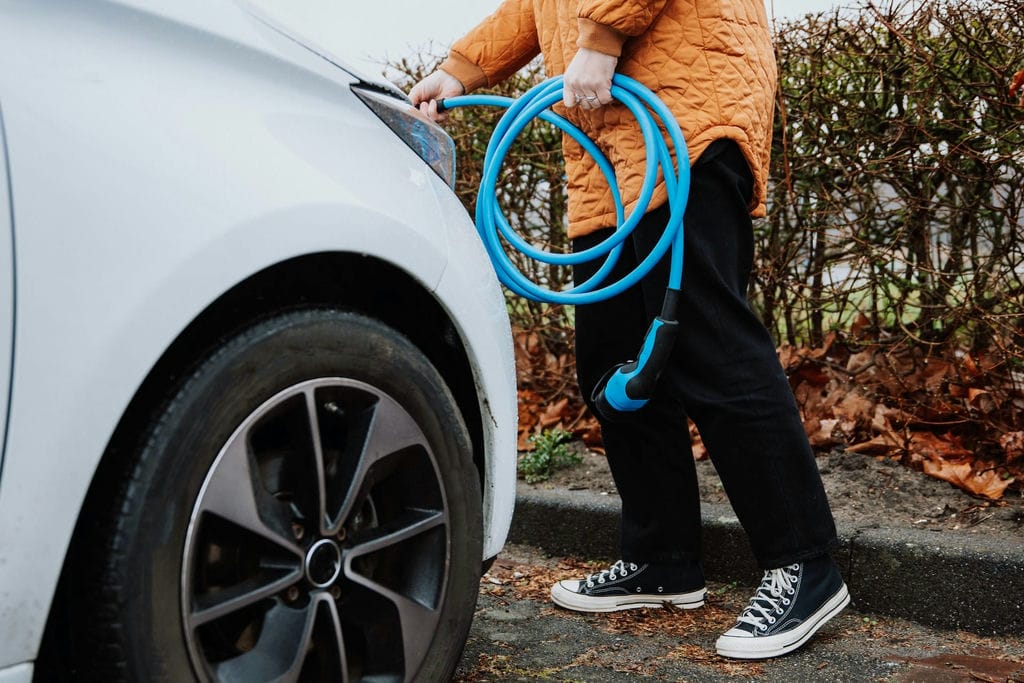
More individuals are accepting alternative and sustainable ways of transportation, which is changing consumer behavior and awareness.
The second half of 2020 was the turning point in adopting electric passenger vehicles when EV sales and penetration accelerated in important areas despite the COVID-19 pandemic-related economic crisis. This innovation was first seen in Europe, where legislative requirements, including tighter emissions limits for OEMs and large consumer subsidies, allowed EV adoption to reach 8%.
With more than 45 percent of automobile buyers considering an EV, consumer attitudes have also changed in favor of sustainable mobility. But as electrification continues to accelerate, OEMs, their supply chains, and the larger EV ecosystem are under a lot of pressure to reach these goals, which is especially clear when establishing the necessary charging infrastructure.
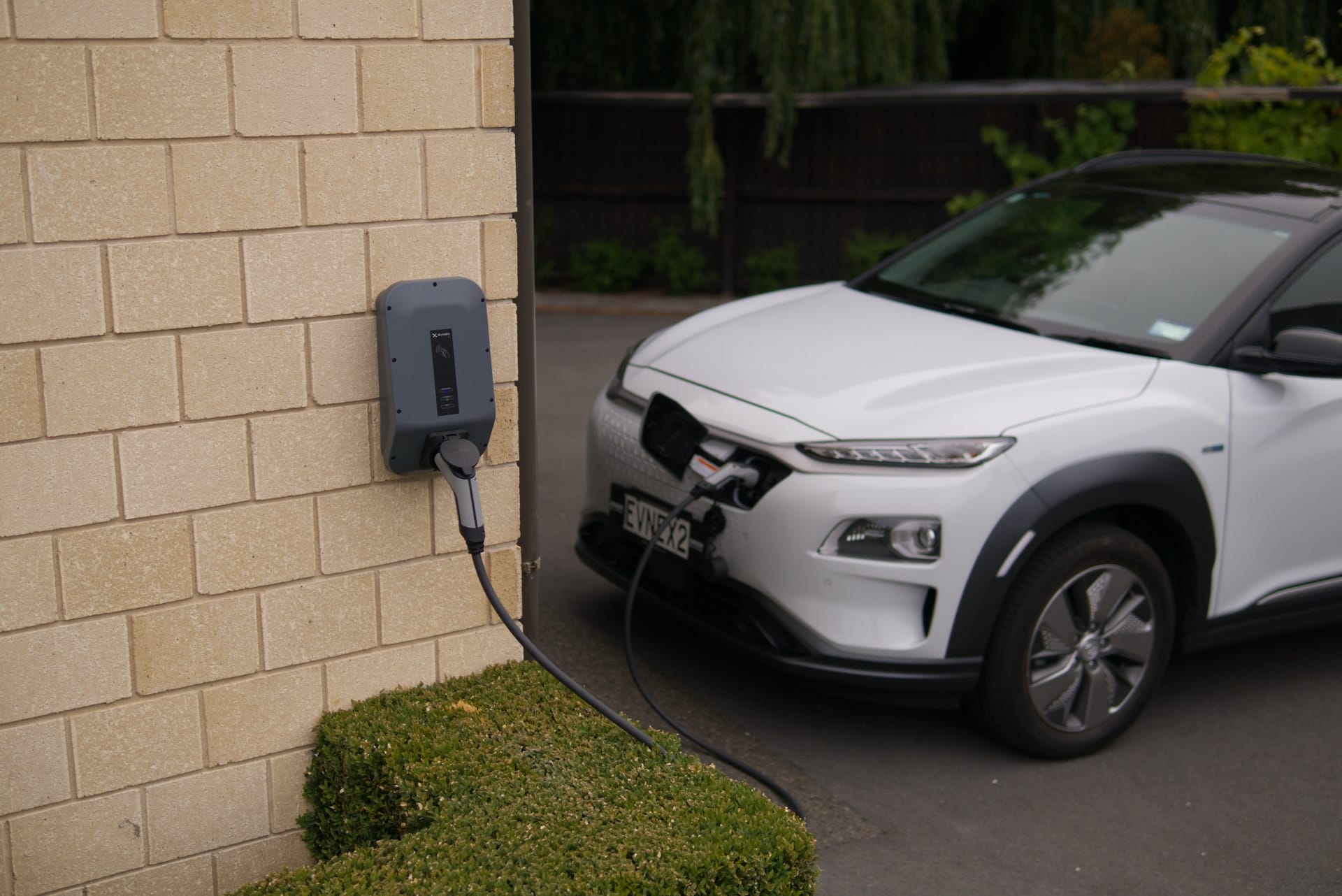
Industry participants are quickening the pace of technological advancement in the automobile industry as they create new ideas for shared, connected, autonomous, and electric mobility. Over the past ten years, the industry has drawn more than $400 billion in investments, with around $100 billion entering since the start of 2020. This funding is intended for businesses and start-ups developing connected and autonomous automobile technologies.
These technological advancements will reduce EV costs and establish shared electric mobility as a viable substitute for automobile ownership.
Although the rate and scope of change may vary, electrification will play a significant part in the transformation of the mobility industry and offers significant prospects in all vehicle segments. Launching new EVs onto the market is a crucial first step in ensuring electric mobility’s quick, widespread adoption.
The automotive sector is about to undergo significant transformation. Currently, gas-powered cars predominate, but electric cars may produce half of all new cars in only ten years. President Joe Biden wants the United States to create 50% electrified vehicles by 2030. However, automakers believe that 40% of all new cars is a more achievable target. In either case, many new electric options will be available to consumers soon.
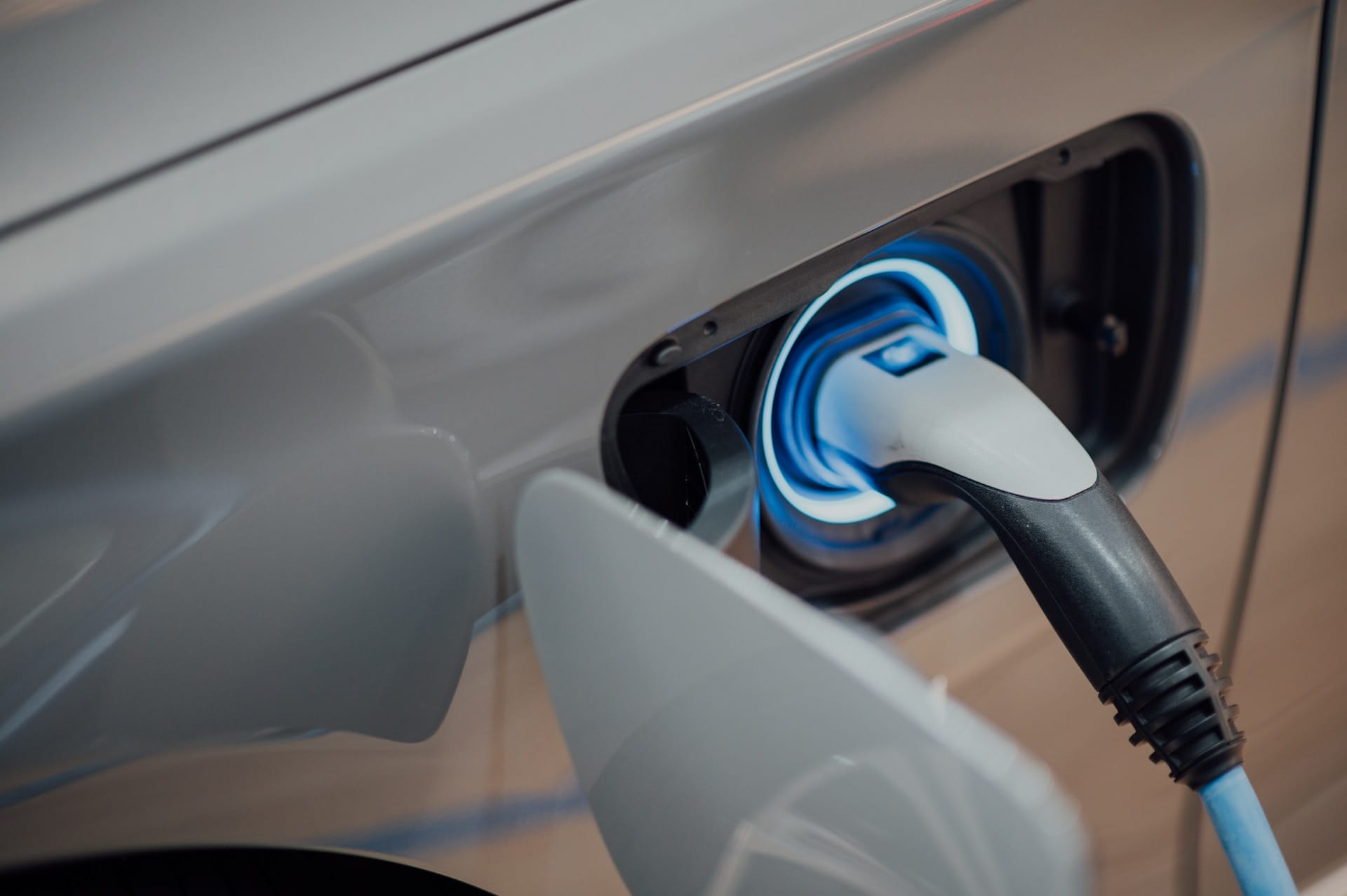
War, inflation, and trade tensions are among the factors contributing to the high cost of battery raw materials. These factors are also pushing the price of gasoline and diesel to all-time highs, increasing consumer interest in EVs. The cost of manufacturing internal combustion engines is also rising.
The global sales of combustion vehicles peaked in 2017 and are permanently declining due to the acceleration of EV adoption. As a result, passenger ICE sales will be 19% below their 2017 peak by 2025. For some legacy automakers, managing the downturn while investing in the future is a significant problem.
There are already a few electric vehicle options available to consumers. If consumers wait until 2024, they can purchase electric vehicles from Honda, Toyota, and many other automakers. Without a wide range of options to choose from, buying an electric vehicle now could turn out to be a costly error. Because automakers are attempting to produce the most competitive solutions, consumers stand to gain the most from the competition to develop the greatest electric vehicle.
